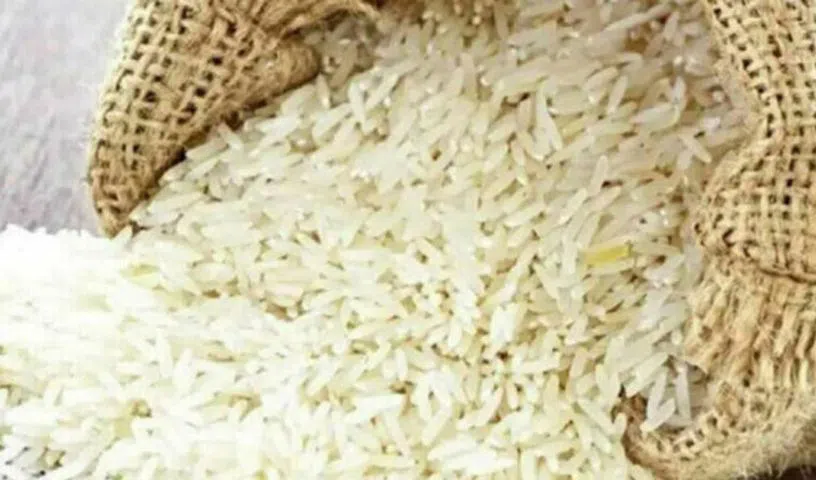Tags
How China’s GMO rice is making salinated land arable for cotton and other seasonal crops

Credit: Robert Simmon and NASA Earth Observatory via CC0-1.0
On the rim of Xinjiang’s desert, in a region where the soil is so salty that most vegetation refuses to grow, China is touting rising outputs of salt-tolerant rice as further evidence that its food-security drive has taken root.
Beijing expects rising yields of genetically modified crops, especially in remote and rural areas where arable soil is rare, to help serve as a long-term solution to ensuring that the nation’s 1.4 billion people are kept fed.
Salt-tolerant rice, also known as sea rice or saline-alkali tolerant rice, has been a research and development priority in China for years due to the country’s significant issues with soil salinity and alkalinity in various regions.
Rice cultivation also serves to wash away salts and counteract soil alkalinity, and rice is part of a rotation system with other crops such as cotton. This helps prevent desertification, reduces soil salinity, and mitigates pest and disease issues, Xinhua said.
China plans to grow nearly 90 per cent of its grain, including rice, wheat, corn and soybeans, by 2032 amid the national food-security push.
In August 2023, the State Council said China needs to develop various non-traditional arable land resources, and “overcome the natural constraints of traditional arable land scarcity”.
https://geneticliteracyproject.org/2023/10/31/how-chinas-gmo-rice-is-making-salinated-land-arable-for-cotton-and-other-seasonal-crops/Published Date: October 31, 2023







